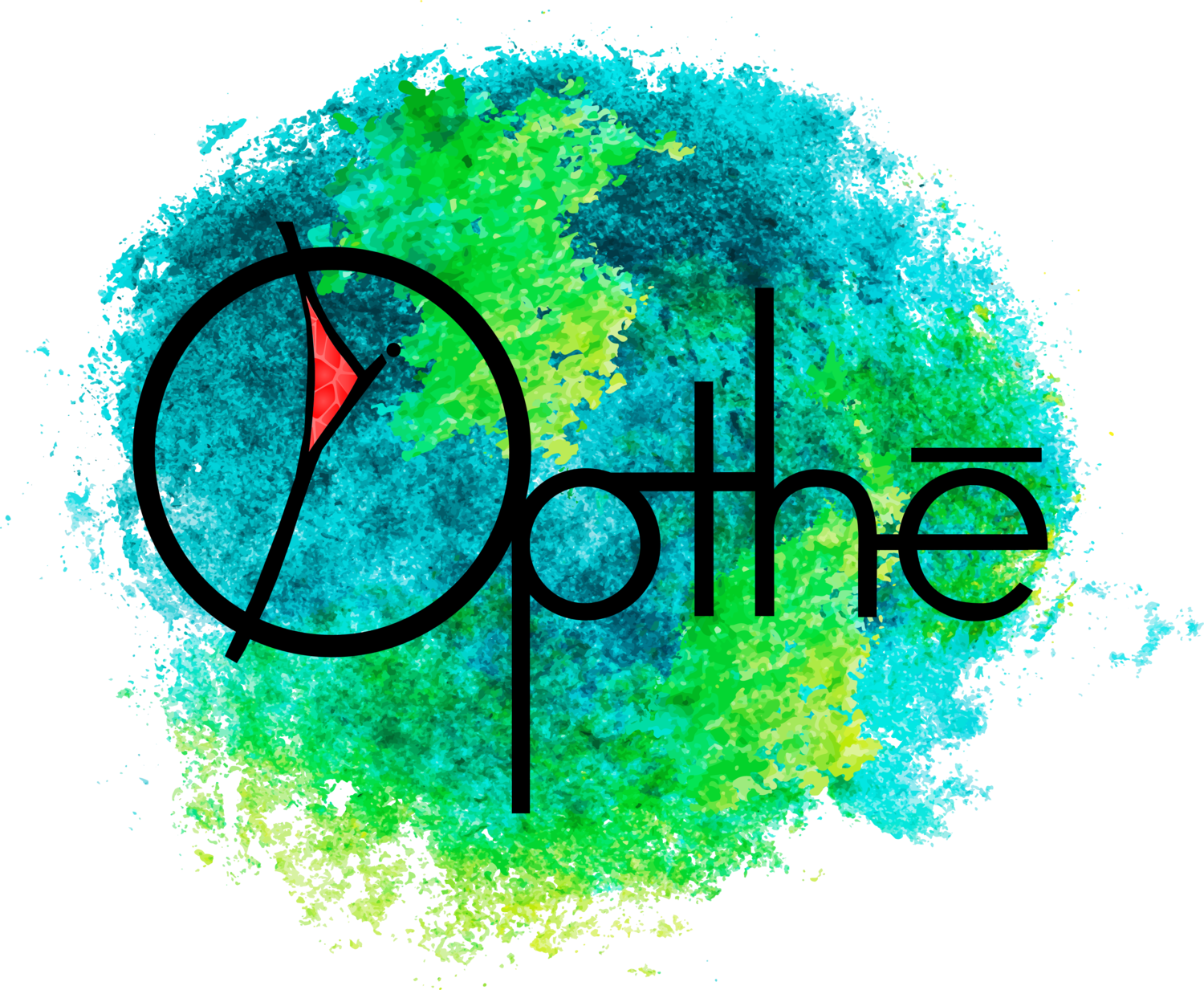How we discern and sustain what is worth protecting
The word sacred carries an air of inevitability, as if some things are simply holy by nature — as if their specialness was set in place long before we arrived, and we have no say in the matter.
But look closer. Across history and geography, what one culture calls sacred, another ignores entirely. A grove of trees in one land is holy ground; in another, it is just timber. A book inspires reverence for one people and indifference for another. A melody is worship in one language and background noise in another.
Sacredness is not a property of the object. It is a designation made by a community — after a shared process of discernment has found it worthy.
That process is religion in its active form: the gathering, testing, and refining of meaning together. We encounter something and give it our attention. We ask: Does this align with what we hold most true? Does it bind us together? Is it worth our protection and our sacrifice? We look for signs that it resonates through symbol, action, and shared experience.
Only when the community can answer “yes” does sacredness become its name. And from that point on, the same religious process continues — but now it shifts from discerning to sustaining. We weave disciplines, repeated acts, and embodied symbols around it so the sacred does not fade. A sacred river is honored with annual rites. A sacred oath is spoken in ceremonial language. A sacred idea is guarded by mottos, music, and beauty that bind it to our emotions as well as our minds.
We can each hold something sacred in our hearts, but that alone will not make it endure. Sacredness becomes durable when it is carried together — tested by time, reinforced by ritual, and defended by the community that names it. Alone, what is sacred to you can fade or be forgotten; together, what is sacred to us can endure for generations.
A thing may be beautiful without being sacred; it may be useful without being sacred; it may even be beloved without being sacred. Sacredness is something more: a recognition that it is worth sacrificing for, protecting from harm, and preserving beyond our own lifetimes.
The danger comes when we forget that sacredness is human-declared. We begin to imagine that it is fixed by some outside force, immune to revision or challenge. We forget that every sacred we honor was chosen, and therefore can be re-chosen if it no longer serves truth or life. This is how sacredness ossifies into idolatry: when the designation becomes untouchable, even if the contents have rotted.
To know that sacredness is human-declared is to take responsibility for it. We cannot shrug and say, “It has always been this way.” We must ask, “Should it still be this way?” And if not, then we must have the courage to re-declare — to lift up what is worthy, to retire what is false, to make sacred again what our culture has let slip from its hands.
Because sacredness is not an eternal stamp given from above. It is a living agreement we make together — born from the work of discerning what is worthy, and sustained by the discipline to keep it true.

